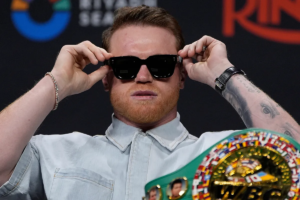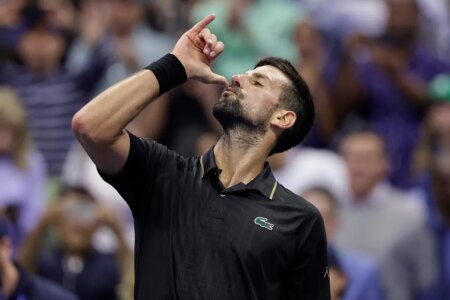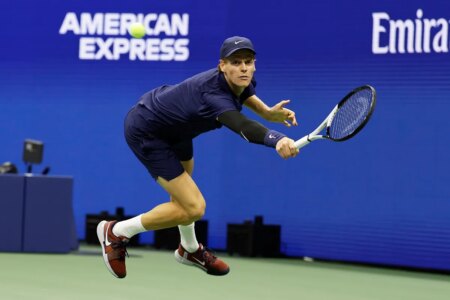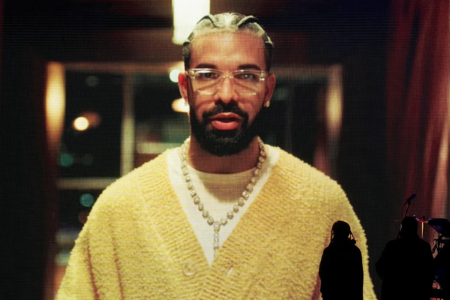Every summer, the US Open turns New York into the tennis capital of the world. The lights of Flushing Meadows shine brightly, the stars dazzle on the cement and the aroma of spectacle permeates everything. But while the cameras focus on Carlos Alcaraz, Novak Djokovic or Iga Swiatek, there is an increasingly noticeable absence in the stands. It is the ordinary New Yorkers who are missing.
The constant rise in prices has made attending the tournament an unattainable luxury for many city dwellers. “It’s become something for millionaires,” protests Andrej, a Serbian-born financial worker who used to attend the tournament regularly. “And I’m not a millionaire,” he adds bitterly.
Before, like many others, Andrej took advantage of the early rounds, when tickets were more affordable. Now, he says, taking his son to spend a day at the US Open costs around $500. “It’s unthinkable,” he laments.
Tickets impossible to get even for the most loyal fans
It’s no exaggeration. The cheapest tickets, the grounds passes, which allow general access, but not to the main courts such as the Arthur Ashe, were around $150 in the early days of the tournament. For Carlos Alcaraz’s third-round match, that figure soared to $350, and a seat at the top of the main stadium, where the players look like ants, was offered for $450.
The transformation of the US Open is palpable from the moment you step onto the grounds. The crowds are massive, the access is jammed and the queues are endless. In 2024, the tournament reached an all-time attendance record with more than one million spectators and profits of $277.4 million, according to official figures. In 2015, that figure was $151.5 million.
By 2025, it looks like those figures will be broken again, driven by new commercial strategies: the tournament has extended its duration by one more day, created special events such as the mixed doubles between Alcaraz and Raducanu, and has begun to charge for the qualifying phases that were historically free.
The problems of resale
Beyond the manoeuvres to prolong the event, the real trigger for popular discontent is the price of tickets, especially inflated by resale.
This phenomenon is not exclusive to the US Open, but fans accuse the organization of doing nothing to stop it. Scalpers, assisted by bots, buy tickets instantly and monopolize the market. Solutions do exist and can be seen at other sporting events. The Masters at Augusta prohibits resale, Wimbledon reserves daily tickets for direct sale, and other tournaments still print physical tickets, making digital resale difficult. The US Open, however, has not taken any concrete action.
Stacey Allaster, the tournament director, said there is “not much that can be done” about the secondary market. But for fans, that answer sounds more like indifference than helplessness.
Alcaraz’s opinion
Carlos Alcaraz, the young Spanish phenomenon, is no stranger to the debate. Asked at a press conference about the skyrocketing prices, he was clear: “It is a reality that tennis is business. For me it shouldn’t be, but it is.”
The Spaniard lamented that many of his fans cannot afford to watch him play, even if they live in New York. “It’s a shame that only people who can afford those tickets can access it. But in the end… it is what it is. I can’t force anyone to lower them,” he admitted.
Read the full article here











